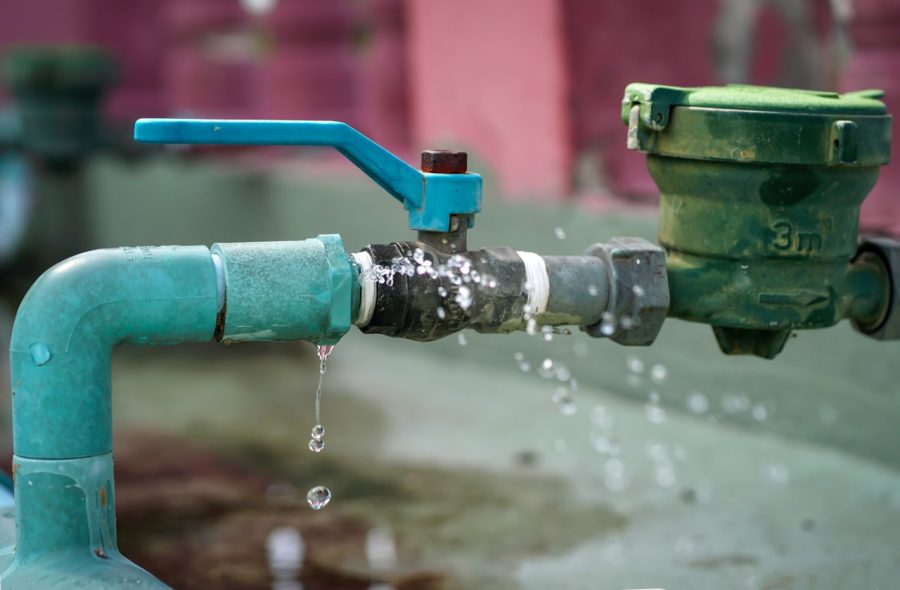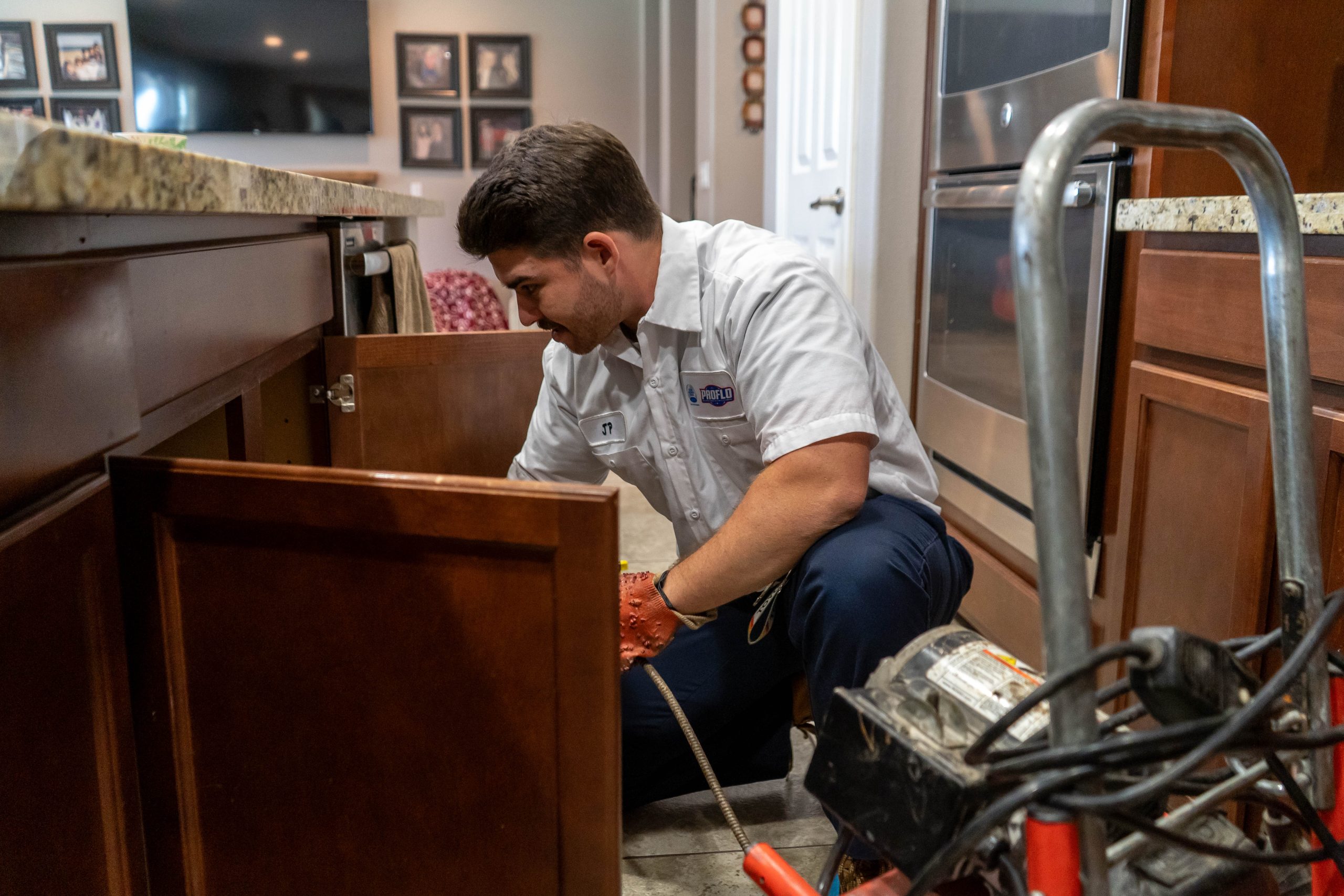Useful Strategies to Fix Plumbing Issues in Older Homes
Useful Strategies to Fix Plumbing Issues in Older Homes
Blog Article
Any individual has their own perception with regards to Plumbing Problems In Old Homes.

Older homes usually come with beauty, personality, and history, yet they can also bring a host of plumbing problems. Whether you're managing aging pipes, low tide stress, or leaks, understanding how to resolve these usual issues is vital to maintaining a secure and useful home. In this overview, we'll check out the typical pipes difficulties encountered by older homes and supply practical remedies to keep your plumbing in leading shape.
Recognizing Typical Pipes Problems
Aging Pipes
Among one of the most usual problems in older homes is aging pipes. Depending on the period in which your home was built, the pipelines might be made from products that have degraded in time, such as galvanized steel, cast iron, or perhaps lead. These materials can rust, end up being breakable, or create leaks, bring about water damage and prospective carcinogen.
Low Tide Pressure
If you're experiencing low water pressure, maybe as a result of mineral deposits, deterioration inside the pipelines, or old fixtures that are no more operating effectively. This can be a significant trouble, especially in areas like showers and sinks.
Dripping Pipelines
Leakages are another constant issue in older homes, typically triggered by rusty or worn-out pipes. Even tiny leakages can cause substantial water damage, mold development, and enhanced water bills if not dealt with promptly.
Outdated Components
Out-of-date pipes fixtures such as taps, commodes, and showerheads not only look old however might additionally be much less efficient, prone to leaks, or inappropriate with modern-day pipes standards.
Pipe Rust
Rust is a typical issue in older pipes, specifically those made from galvanized steel or cast iron. Corroded pipelines can limit water circulation, cause discoloration, and eventually result in leaks or pipe ruptureds.
Assessing the Condition of Your Pipes
Evaluating Noticeable Pipes
Start by examining any type of noticeable pipelines in your house, such as those in basements, crawl spaces, or under sinks. Look for indicators of rust, leaks, or rust, which can show underlying concerns.
Looking for Leaks
Check for leakages by evaluating locations around taps, bathrooms, and under sinks. You can also check your water meter prior to and after a period of no water use to spot covert leaks.
Water Quality Testing
Older pipes can impact the high quality of your water. Conduct a water high quality test to look for impurities such as lead, corrosion, or other contaminations that may be presented by aging pipelines.
Solutions for Typical Pipes Problems
Changing Aging Pipelines
If your home has old, degrading pipes, take into consideration replacing them with modern materials like copper or PEX. This can be a significant investment, however it will prevent future concerns and boost the safety and security and dependability of your plumbing system.
Taking Care Of Low Water Stress
To take care of low water pressure, begin by cleaning or changing old components and getting rid of mineral accumulation in the pipelines. If the problem lingers, it might be needed to change areas of rusty pipelines.
Repairing and Changing Dripping Pipelines
For small leakages, you can make use of pipeline clamps or epoxy putty as a momentary repair. However, it's finest to replace dripping pipes completely to avoid additional damages.
Updating Fixtures
Updating old components to modern, water-efficient designs can enhance your home's pipes performance and reduce water intake. Seek fixtures with the WaterSense tag for the very best efficiency.
Dealing with Pipeline Corrosion
If your pipes are rusted, replacing them with corrosion-resistant materials like copper, PVC, or PEX is the very best option. Regular examinations and water quality maintenance can aid avoid better corrosion.
When to Call a Specialist
While some plumbing problems can be taken care of with DIY remedies, there are times when it's finest to employ a professional. If you're managing significant leaks, comprehensive rust, or are uncertain regarding the condition of your pipes, an accredited plumbing can give professional analysis and repair service.
Preventive Maintenance Tips
Normal Inspections
Routinely check your plumbing system for signs of deterioration. Capturing concerns early can avoid expensive repair work down the line.
Water Stress Law
Ensure your water stress is within the advised range to stay clear of stressing your pipes and fixtures. A plumber can set up a pressure regulator if needed.
Water Quality Maintenance
Install water filters or softeners if your water high quality is poor. This can safeguard your pipes and fixtures from damage triggered by tough water or contaminants.
Proactive Pipe Replacement
If your home has older pipelines, take into consideration positive replacement prior to significant problems occur. This can conserve you from emergency situation fixings and water damages.
Verdict
Dealing with pipes concerns in older homes requires a mix of vigilance, precautionary upkeep, and prompt upgrades. By comprehending the common challenges and knowing when to look for expert aid, you can ensure your pipes system stays functional and dependable for many years to find.
Common Plumbing Issues in Older Homes and How to Fix Them
Owning an older home in Australia comes with its unique charm and a set of challenges, especially when it comes to plumbing. The Sunshine Coast has many older properties that can harbour plumbing problems that aren t just inconvenient but potentially costly. Here s a look at some common plumbing issues in older homes and expert advice on how to handle them.
Outdated Piping Materials
Many older homes were built with galvanised steel, cast iron, or even lead pipes, materials that are far from ideal by today s standards. Galvanised pipes are prone to corrosion and clogging, while lead pipes pose serious health risks.
How to Fix:
Replacing old pipes is a job for a professional. Upgrading to copper or PVC piping not only enhances water quality and flow but also increases the property s safety and value. If you suspect your home has outdated materials, a licensed plumber can conduct a thorough inspection and recommend the best course of action.
Corrosion and Pipe Degradation
Over time, exposure to water and minerals can cause pipes to corrode, leading to leaks, bursts, and water contamination. Corrosion is especially common in homes over 50 years old.
How to Fix:
Regular inspections can catch early signs of corrosion. If corrosion is found, the affected section of piping often needs to be replaced. For homes with extensive corrosion, a complete plumbing overhaul might be necessary. It s crucial to consult with a plumbing expert to understand the extent of the issue.
Tree Root Intrusion
Older neighbourhoods usually have mature trees whose roots can intrude into pipe lines, causing blockages or damage. This is particularly problematic for sewer lines, where roots seek out water sources.
How to Fix:
A plumber can use a specialised camera to inspect sewer lines for root intrusion. If roots are a problem, methods like root cutting or hydro-jetting can clear the obstruction. In severe cases, part of the pipe may need replacing. Consider root barriers around the piping to prevent future issues.
Inadequate Water Pressure
Low water pressure in older homes can be due to various factors, including corroded water lines, sediment build-up in pipes, or outdated fixtures.
How to Fix:
First, check if the low pressure is isolated to one area or throughout the house. Replacing old fixtures can sometimes resolve the issue. However, if the problem is more widespread, it might be due to sediment or corrosion. Flushing the system or replacing the affected pipes usually restores normal pressure. Again, a professional assessment is advisable.
Outdated Fixtures
Older homes often feature fixtures that are not only visually dated but functionally inefficient. This includes everything from toilets and taps to showerheads and washing machine hoses.
How to Fix:
Updating these fixtures can improve both water efficiency and the aesthetic appeal of your home. Modern fixtures are designed to conserve water, which can significantly reduce your water bill and lessen your environmental impact.
Conclusion
Maintaining the plumbing in an older home requires a proactive approach. Regular checks and updates are key to preserving these beautiful properties. If you re facing plumbing issues in your older home, it s best to call on experienced professionals like Green & Gold Plumbing & Gas. With the right expertise, even the most daunting plumbing problems can be resolved, ensuring that your home s character is maintained while its functionality is enhanced.
https://gandgplumbing.com.au/common-plumbing-issues-in-older-homes-and-how-to-fix-them/

I'm just very taken with Common Plumbing Problems in Older Homes and I'm hoping you enjoyed the blog entry. Liked our blog entry? Please share it. Help others locate it. Thanks a bunch for being here. Revisit us soon.
Try Here Report this page